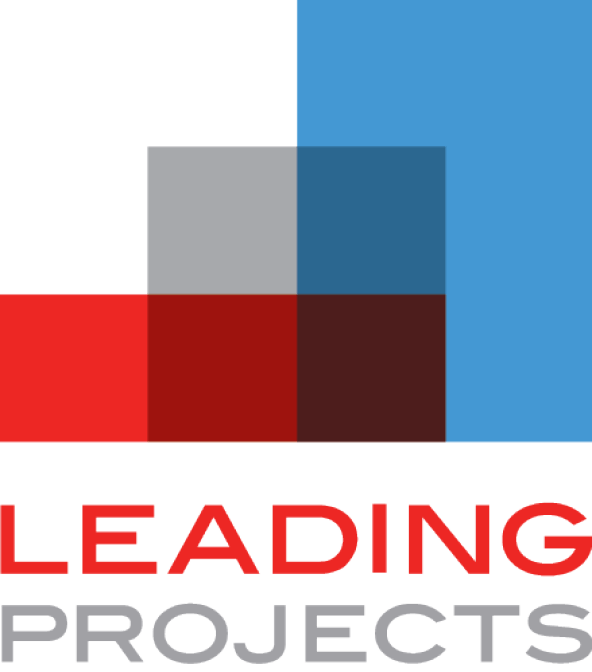This post was written by Greg Sills, Rich Layton, and Davia Sills.
Yes, we said “leading”—but that doesn’t mean you have to be an executive or supervisor to take on a strong leadership role in these uncertain times.
With Microsoft, Facebook, Amazon, and scores of other companies encouraging—even mandating—that their employees work from home, it’s important to share the leadership load for implementing this new model. This isn’t the kind of leadership that requires authority granted by an organization chart, but the kind that every team member can seize—needs to seize—in a volatile business environment.
Employees, customers, suppliers, business partners… everyone is looking for leadership and guidance on how your organization will operate with a dispersed workforce. From the top of the org chart to the bottom, here are things that every professional working from home can do to be more effective.
Control the One Thing You Can
In a time of global crisis, the world seems to be changing minute by minute. How you respond to the challenge is largely up to you. Giving in to fear and anxiety will only make them spread. Coming off as overconfident or unconcerned strains credibility and trust. Finding a balance not only keeps you grounded but also can help your team maintain a shared sense of mission. The situation is serious, but our organization is not helpless. Remember, there are positive steps we can take together.
Take It Personally
Leaders have to be visible. Co-workers have to be connected. Customers and suppliers want to hear from you. How can you be present when you’re not physically in the same location? By making personal communication a top priority!
- Pick up the Phone (or Zoom)
Don’t over-rely on email. When you are seeing your team members in person on a regular basis, it’s relatively easy to detect nuanced feelings and address them or anticipate and avert conflicts. In the absence of face-to-face discussions, people (including clients and suppliers) need to hear your voice in person-to-person conversation. - Make Sure Everyone’s Voice Is Heard
On teleconferences (and even video conferences), it’s much harder to notice when somebody has a point to make but isn’t leaning in. Make it a habit to go around your (virtual) room and give everyone a chance to speak their mind. - Be Accessible
Leaders need to be even more accessible in disruptive times. If yours is a managing/coordinating role, provide the appropriate people with your personal contact information, multiple ways to reach you, and permission to get in touch outside of normal work hours if needed. Consider establishing a daily “office hour” when your team can just cold call you for whatever reason to emulate that “open door” atmosphere where it was OK to just drop by. - Maintain Your Presence
Keep your online calendar up to date and visible to others. Look for reasons to put some phone/video calls on the calendar to tackle issues together. If you use a messaging tool, set a status for your colleagues to see. Make an extra effort to check-in regularly with your colleagues, bosses, and subordinates.
Listen for Faint Signals
“No news” isn’t good news—it’s just no news. In fact, it’s probably bad news, and you’re not listening hard enough. Although it seems counterintuitive right now, seek out bad news and re-define what constitutes good news. Have candid conversations about how the shifting business landscape is affecting your team members as well as your suppliers and customers. Listen to their respective concerns no matter how small, consider all the possible impacts, and come up with responses to mitigate them.
Defer to Expertise
Especially when under stress, organizations are hard-wired to listen to those in authority. But in times of disruption, it is more important than ever to make sure you are reaching out to your experts and listening to them. They might have solutions to problems you haven’t even thought of yet. This is even more important when you’re not connected through normal office interactions and are relying on remote tools, such as phone calls and email. Plan how and when you will reach out—and stick to it!
Tweak Your Work Culture
What sort of behaviors will you and your team need to work remotely effectively? It’s all about finding a new normal that honors work/life boundaries while still fostering high performance.
- Start by establishing norms around availability and response time. For example, if you normally work from 9 a.m. to 5 p.m., try to stay as close to that as you can.
- Missing those crucial conversations in the hallway or at the coffee bar that often spark creativity? Create virtual substitutes by scheduling informal telephone and video conferences, including time for a “What’s on your mind?” discussion.
- Now is not the time to let traditional boundaries get in the way of good teamwork. Bust open departmental silos. Establish ad hoc cross-functional workgroups when problems arise. Make time for creative problem-solving.
- Address group videocon/telecon fatigue; many organizations are continuing to hold the same meetings with the same agenda—just over the phone or their videcon platform. Change the agenda to make the meetings more concise, and participants should pick up the phone and have more separate one-on-one chats to replace the informal but crucial pre and post-meeting discussions.
- Re-assess your “tweaks” after a short time period to see how your approaches are working and course-correct if necessary.
Leadership Still Means Showing Up—Just Not in the Ways Most of Us Are Used To
As we have witnessed, the COVID-19 virus doesn’t distinguish between heads of state, company executives, or line-level workers. We all share a sense of vulnerability at this moment, but there’s more. In every organization, we have an opportunity to cultivate a sense of shared responsibility for getting through this crisis together, even if you’re leading from home.
*******************************************************************************
About the Authors
Greg Sills, President of Leading Projects LLC, helps global organizations apply his principles of Mindful Leadership to develop core capabilities for managing the unexpected.
Rich Layton, Principal of Transform Communications, focuses on making complex technical and business information understandable, engaging, and actionable.
Davia Sills, Co-founder of StoryMore Consulting, specializes in journalism, content writing, editing, social media strategies, and more.

